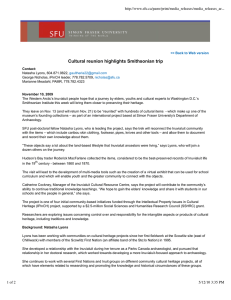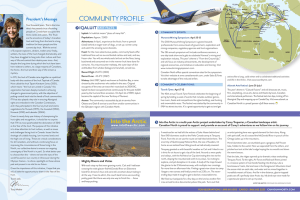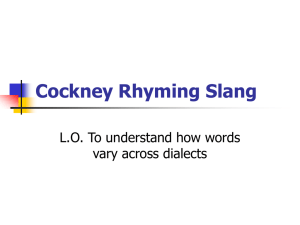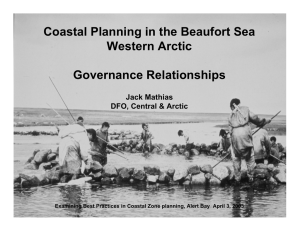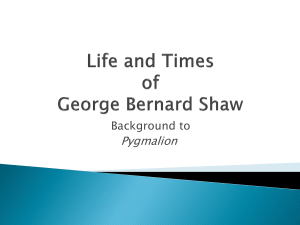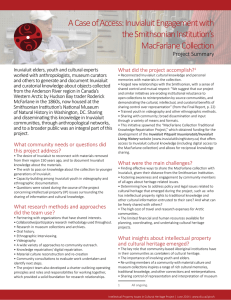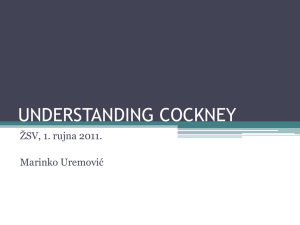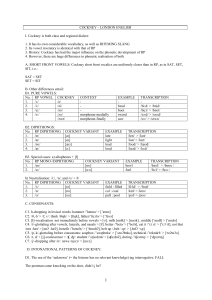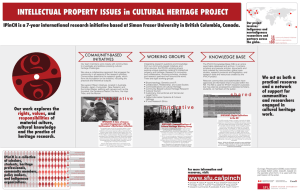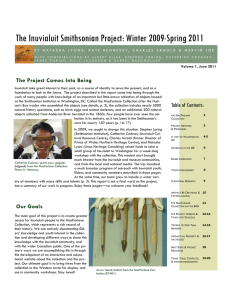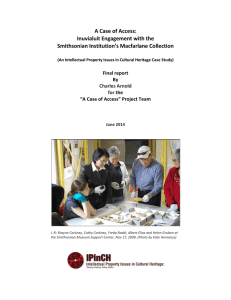PDF (slide set)
advertisement
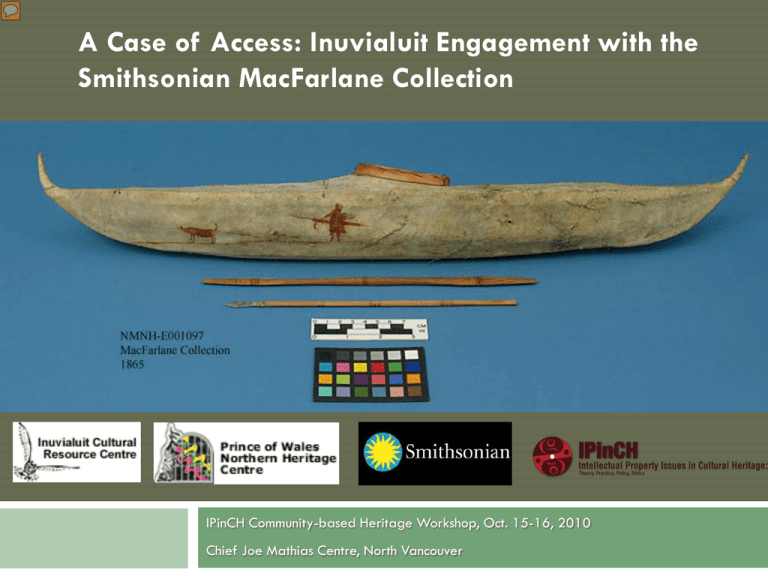
A Case of Access: Inuvialuit Engagement with the Smithsonian MacFarlane Collection IPinCH Community-based Heritage Workshop, Oct. 15-16, 2010 Chief Joe Mathias Centre, North Vancouver What is the MacFarlane Collection? The Inuvialuit Smithsonian Project Fort Anderson, from Émile Petitot Chief Factor Roderick MacFarlane, 1887 A Visit to Washington DC: The Participants & the Workshop L to R: Dave Stewart, Stephen Loring, Karis Gruben, Cathy Cockney, Natasha Lyons, Helen Gruben, Kate Hennessy, Mervin Joe, James Pokiak, Freda Raddi, Shayne Cockney, Albert Elias, Chuck Arnold; Missing: Maia Lepage, Brett Purdy What did we learn? L to R: Mervin Joe, James Pokiak, Albert Elias, Cathy Cockney, Karis Gruben, Freda Raddi, Dave Stewart What will we do with that knowledge? Passing the knowledge on to Inuvialuit youth: Karis Gruben & Mervin Joe study an object together What will we do with that knowledge? Documentary film produced by the Inuvialuit Communications Society for broadcast on APTN What will we do with that knowledge? Left: moccasins from the MacFarlane Collection; Right: moccasins made from this pattern by Freda Raddi of Tuktoyaktuk Community Outreach: Learning more James Pokiak shows how to use a spear-thrower Community Outreach: Learning more Chuck Arnold, Albert Elias, and Cathy Cockney in Inuvik, June 2010 Community Outreach: Learning more Cathy Cockney presenting the project to school groups in Inuvik, June 2010. Next Steps Albert Elias shows the motion of a bow & arrow, Nov. 2009 Next Steps Interviews about the collection with Inuvialuit Elders, Oct.-Dec. 2010 Next Steps Curatorial Research Next Steps Curatorial research: a collaborative process Next Steps Curatorial research: opportunities for discovery Next Steps Curatorial research: opportunities for discovery Reciprocal Research, documentation, and relationship-building Use the RRN to continue and expand a process that began in the Smithsonian Museum Support Center... Use the RRN to continue and develop a process that began in the Smithsonian Museum Support Center... -Visual Access to objects (but visual rather than tactile) -Continue to generate knowledge about objects -Documenting knowledge of the objects -Connecting elders and youth -Connecting researchers, curators, and community -Transmitting intangible knowledge related to the objects -Recreating objects at home Making Connections: Next Steps – save for Chuck? Community media, outreach, documentation, communication… Acknowledgements We thank the Inuvialuit community for their interest in this project We also thank our generous sponsors: IPinCH National Museum of Natural History Canadian Heritage/ The Museums Assistance Program Canadian North Air Government of the NWT Thank you We are looking for your questions, knowledge, comments & ideas!
